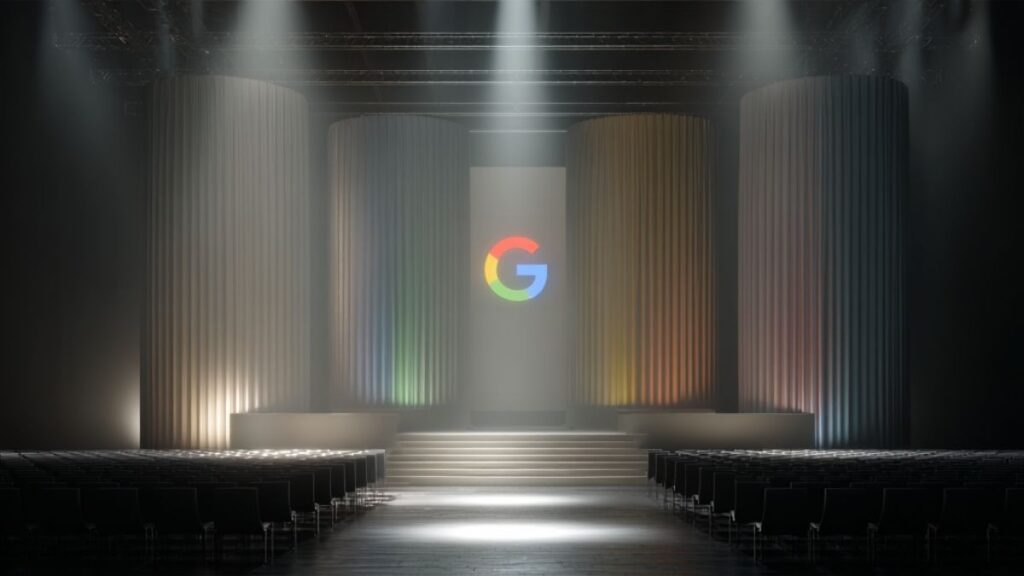What was fascinating about the Meta Quest 3 launch this week was that not only is this a far better product than the Meta Quest 2 was, but that the concept of the Metaverse was only mentioned twice in passing, largely because the consumer metaverse isn’t really a thing yet. This is the first use of the new Qualcomm XR2 technology that expands the capabilities of this class of headsets significantly.
However, the industrial metaverse is a thing, and having a low-cost tool that can be used to explore and interact with it could do some interesting things for digital collaboration. Along those lines, a new VR collaboration product that makes use of the Meta Quest 3 is coming to market called “Campfire.”
Let’s talk about Meta Quest 3 and Campfire this week.
Meta Quest Progression
Meta Quest 1 wasn’t that great, but none of the first-generation VR headsets were that great because of their cost constraints. Generally, it’s better to bring out a viable, expensive product and make having it a status symbol than to bring out something that doesn’t perform at a more attractive price. This is because you can always reduce the price over time, but once a low price is set, increasing the price seldom works.
As a result, Meta didn’t build the support it needed for future offerings. Meta Quest 2, while better, still fell well short of what was needed, though, for its time, it was arguably the best VR headset in the market that was also affordable. It was usable, though people seemed to lose interest in it over time because the promise of a metaverse experience we wanted was mostly vapor.
With Meta Quest 3, we get a product that is far closer to ideal with a massive improvement in resolution, wider field of view, and a better user experience. This is the first of the set that feels like a value. Meanwhile, we are still waiting for that killer app or game to make this thing a hot product.
(As a side note, they also launched Ray-Ban smart glasses with a display and a built-in camera, which could kind of work like a dash cam for your head. I’ve had need of that several times when attacked, and I needed to report it. Ironically, the first time that happened was due to a home break-in that was orchestrated on Facebook. So, personally, I may be more interested in the glasses than Meta Quest 3.)
Campfire
Campfire is a coming remote collaboration application that was designed to work with tools like Meta Quest 3 and allows for a professional level of interaction around a rendered product. Now, even though I mention collaboration as a goal, tools in this class are more often used for training and for in-field technician support on a trouble call. I can imagine a future where this tool would be used to help a consumer repair or operate a piece of consumer hardware or even a vehicle that was delivered to them.
Only a relatively small percentage of meetings are virtual today, but the Campfire methodology gets rid of the avatars. Until you can fully render them in real-time, the cartoonish nature of the avatars that current technology supports is more distracting than helpful, and we may not even need them once we become more used to virtual meetings where the content, not the attendees, is the focus on the meeting.
Campfire is in its infancy, but it showcases how a product created for the consumer market, like the Meta Quest 3, can be converted to the commercial market to create a far more cost-effective way to do VR collaboration in an untethered fashion.
With Campfire, the Meta Quest 2 has real utility for those needing remote help or to provide VR education, and it is even an option for those who don’t want to travel to meetings that typically might require in-person attendance. The higher resolution Meta Quest 3 display can, when being fed a live video feed, make you feel like you are at an event in person.
Wrapping Up
There is an old saying that it takes three times for a vendor to get a product right. The 3rd generation iPod was by far the most useful, and the 3rd generation iPhone was the one that took off. This is the third generation Meta Quest, and it feels far more like a complete offering than its preceding versions.
With applications like Campfire, the Meta Quest 3 is gaining commercial capabilities and may be a reasonable investment for firms wishing to better train their remote employees and minimize travel costs by facilitating VR events that don’t require travel to attend.
All in all, Meta Quest 3 is a potentially powerful tool for those wishing for a low-cost VR solution for support, training or remote meetings and even, potentially, a new level of VR collaboration.



